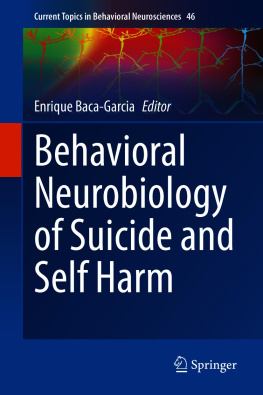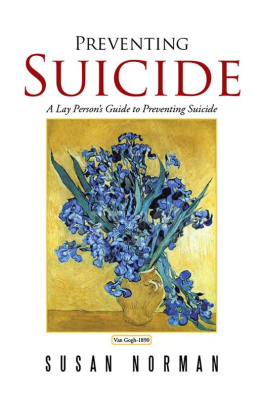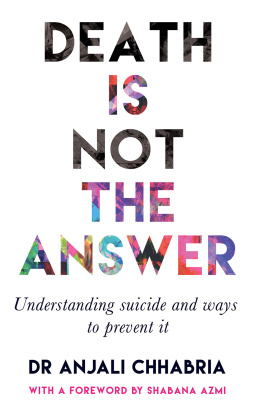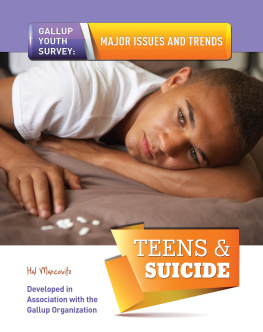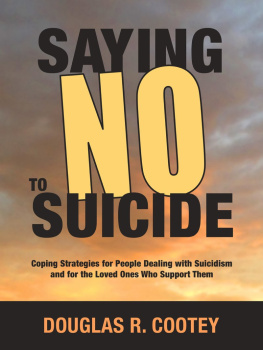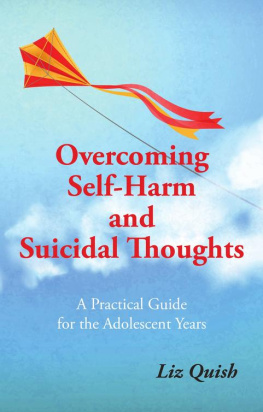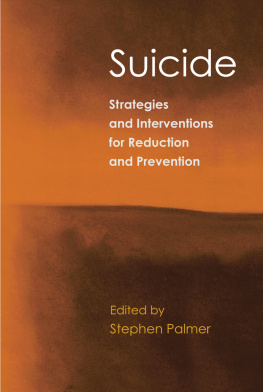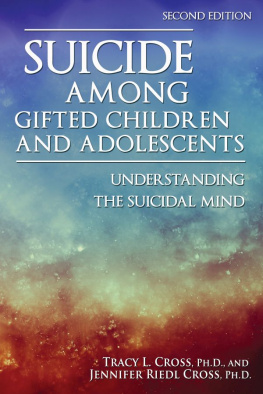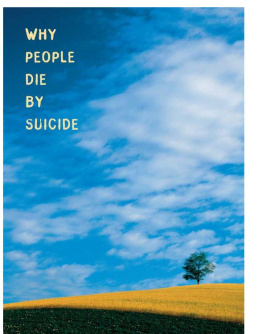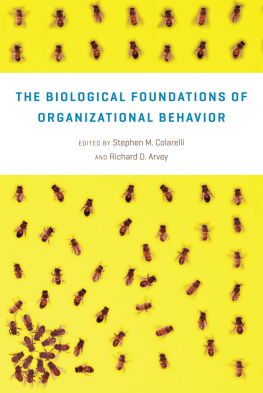Volume 46
Current Topics in Behavioral Neurosciences
Series Editors
Mark A. Geyer
Department of Psychiatry, University of California San Diego, La Jolla, CA, USA
Bart A. Ellenbroek
School of Psychology, Victoria University of Wellington, Wellington, New Zealand
Charles A. Marsden
Queens Medical Centre, University of Nottingham, Nottingham, UK
Thomas R. E. Barnes
The Centre for Mental Health, Imperial College London, London, UK
Susan L. Andersen
Harvard Medical School, McLean Hospital, Belmont, MA, USA
Current Topics in Behavioral Neurosciences provides critical and comprehensive discussions of the most significant areas of behavioral neuroscience research, written by leading international authorities. Each volume in the series represents the most informative and contemporary account of its subject available, making it an unrivalled reference source. Each volume will be made available in both print and electronic form. provides critical and comprehensive discussions of the most significant areas of behavioral neuroscience research, written by leading international authorities. Each volume in the series represents the most informative and contemporary account of its subject available, making it an unrivalled reference source. Each volume will be made available in both print and electronic form.
With the development of new methodologies for brain imaging, genetic and genomic analyses, molecular engineering of mutant animals, novel routes for drug delivery, and sophisticated cross-species behavioral assessments, it is now possible to study behavior relevant to psychiatric and neurological diseases and disorders on the physiological level. The Behavioral Neurosciences series focuses on translational medicine and cutting-edge technologies. Preclinical and clinical trials for the development of new diagnostics and therapeutics as well as prevention efforts are covered whenever possible. Special attention is also drawn on epigenetical aspects, especially in psychiatric disorders.
CTBN series is indexed in PubMed and Scopus.
More information about this series at http://www.springer.com/series/7854
Editor
Enrique Baca-Garcia
Behavioral Neurobiology of Suicide and Self Harm
1st ed. 2020

Logo of the publisher
Editor
Enrique Baca-Garcia
Fundacion Jimenez Diaz Psychiatry Department, Universidad Autonoma de Madrid, Madrid, Spain
ISSN 1866-3370 e-ISSN 1866-3389
Current Topics in Behavioral Neurosciences
ISBN 978-3-030-57573-1 e-ISBN 978-3-030-57574-8
https://doi.org/10.1007/978-3-030-57574-8
Springer Nature Switzerland AG 2020
This work is subject to copyright. All rights are reserved by the Publisher, whether the whole or part of the material is concerned, specifically the rights of translation, reprinting, reuse of illustrations, recitation, broadcasting, reproduction on microfilms or in any other physical way, and transmission or information storage and retrieval, electronic adaptation, computer software, or by similar or dissimilar methodology now known or hereafter developed.
The use of general descriptive names, registered names, trademarks, service marks, etc. in this publication does not imply, even in the absence of a specific statement, that such names are exempt from the relevant protective laws and regulations and therefore free for general use.
The publisher, the authors and the editors are safe to assume that the advice and information in this book are believed to be true and accurate at the date of publication. Neither the publisher nor the authors or the editors give a warranty, expressed or implied, with respect to the material contained herein or for any errors or omissions that may have been made. The publisher remains neutral with regard to jurisdictional claims in published maps and institutional affiliations.
This Springer imprint is published by the registered company Springer Nature Switzerland AG.
The registered company address is: Gewerbestrasse 11, 6330 Cham, Switzerland
Preface
Understanding what underlies a purely human, although paradoxical, behavior such as suicidal behavior remains to be as challenging as reversing a polyhedral puzzle. On the one hand, the cause of death depends totally on who suffers it. On the other hand, suicide is the cause of death in which we have made the least progress in terms of management and prevention as a species. Recently, the COVID-19 pandemic has shown that while we are able to devote enormous efforts to external threats, we do not appear to have the same capacity to modify a behavior which is theoretically under our control.
Although out of the scope of this volume, it is worth noting all the profound ethical and anthropological implications of suicide since ancient times. On purpose, this volume has omitted any reference to culture since plenty of work has been dedicated to this topic elsewhere and we aimed to focus on clinical and biological aspects of suicide and suicidal behavior.
Thankfully, true eminences and world leaders in suicide research have kindly agreed to collaborate and co-authored the following chapters. The reader will find this volume to be an up-to-date critical review of cutting-edge issues in suicide research, hence including authors personal views.
Dr. Arles provides an updated overview of the epidemiology of suicide in the USA. Although the USA is the top world country in suicide research, it is one of the few countries, according to the World Health Organization, where there has been no decrease in suicidal behavior over the past few years, which makes this chapter particularly relevant.
Prof. Oquendo outlines the difficulties in research on the prevention and treatment of suicidal behavior. How far can we go? What are the problems that prevent us from progressing?
Prof. Turecki covers a subject which is absolutely topical and at the frontier of knowledge: the epigenetics of suicide. Not only is this area of ongoing research on the borderline between Darwinian and Lamarckian dogmas, but also it may shed some light on the understanding and treatment of other diseases such as cancer. Epigenetics links exposure to the environment with the transmission of these changes to the next generations, which may therefore explain the mechanisms through which suicide risk may run between generations.
An unavoidable topic concerns the relationship between psychopathology of suicidal behavior (hopelessness, impulsiveness, and aggressiveness) and their biological correlates, which is dealt by Dr. Vaquero, which critically reviews the definition of these psychopathological characteristics and the extent to which they may be related to biological markers, thus becoming potential endophenotypes.
A very relevant issue for clinicians is the repetition of suicide attempts due to health services use and high risk of further suicidal acts. Although this topic has received little attention from previous research, Prof. Mendez has done an excellent update.
Although well established, we tend to ignore the association of suicidal behavior with a clear sexual dimorphism. Dr. Barrigon has compiled epidemiological and clinical data to support this notion, namely relevant differences in suicidal behavior between men and women. Whether these differences could be attributable to cultural (gender) or biological factors (sex) requires further investigation.

